Glimda
✅ Blood Sugar Regulation
✅ Controls Diabetes
✅ Enhances Insulin Function
✅ Manages Glucose Levels
✅ Improves Glycemic Control
Glimda contains Glimipride.
Product Overview
Glimda is an oral antidiabetic medication containing Glimepiride, a sulfonylurea-class drug for managing type 2 diabetes. This medication works by stimulating insulin secretion from pancreatic beta cells to help regulate blood glucose levels. Available in tablet form, Glimda is typically prescribed alongside dietary modifications and physical activity to enhance glycemic control in adult patients with type 2 diabetes.
Therapeutic Uses
Glimda is indicated for the treatment of type 2 diabetes mellitus in adults when lifestyle interventions prove inadequate for blood sugar management. The medication enhances glycemic control by promoting insulin release, thereby improving cellular glucose uptake. Glimda may be administered as monotherapy or combined with other glucose-lowering agents to achieve optimal diabetes management.
Administration Guidelines
Take Glimda tablets orally with breakfast or your first main meal. Dosage should be individualized based on therapeutic response and blood glucose monitoring. Initiate therapy with a low dose, gradually titrating upward to achieve target glycemic levels. Swallow tablets whole with water – do not crush or chew. Maintain prescribed dietary and exercise regimens while using this medication.
Mechanism of Action
Glimda’s active component, Glimepiride, binds to sulfonylurea receptors on pancreatic beta cells, triggering insulin release. This action facilitates glucose transport into cells for energy production, thereby reducing circulating blood glucose levels. Through this insulinotropic effect, Glimda helps maintain appropriate glycemic control in type 2 diabetes patients.
Dosage Protocol
The initial recommended dosage ranges from 1-2 mg once daily, taken with the morning meal. Based on glycemic response and tolerance, dosage may be incrementally adjusted under medical supervision, not exceeding 8 mg daily. Regular blood glucose monitoring is essential for appropriate dose titration and optimal therapeutic outcomes.
Therapeutic Advantages
- Proven efficacy in type 2 diabetes management
- Reduces hyperglycemia by enhancing insulin secretion
- Targets pancreatic beta cells to stimulate insulin release
- Compatible with combination therapy when needed
- Simplified once-daily dosing schedule
Potential Adverse Effects
Common adverse reactions may include hypoglycemia and gastrointestinal symptoms (nausea, vomiting, diarrhea, abdominal discomfort). These effects are typically dose-dependent and often transient. Regular glucose monitoring helps mitigate hypoglycemia risk, especially during dose adjustments or when combining with other glucose-lowering agents.
Important Precautions
Exercise caution when prescribing Glimda to patients with renal/hepatic impairment, elderly individuals, or those with endocrine disorders. Contraindications include type 1 diabetes, diabetic ketoacidosis, and severe hepatic/renal dysfunction. Monitor for hypoglycemic symptoms, particularly during dose modifications or when used concomitantly with other hypoglycemic agents.
Storage Conditions
Store Glimda tablets at controlled room temperature (20°C-25°C) in a dry environment. Retain tablets in original blister packaging until use to protect from moisture and light exposure. Avoid storage in humid areas like bathrooms or near kitchen sinks. Keep securely out of children’s and pets’ reach.
Medical Disclaimer
The information provided is intended for educational purposes only and has been medically reviewed for accuracy. This content should not replace professional medical advice, diagnosis, or treatment. The complete safety profile, including potential drug interactions and contraindications, may not be fully detailed here. Always consult your healthcare provider regarding any medical condition or treatment options. This information aims to supplement, not substitute, the crucial relationship between patients and their physicians.
| Strength | 2 mg |
|---|---|
| Quantity | 30 Tablet/s, 60 Tablet/s, 90 Tablet/s, 180 Tablet/s |
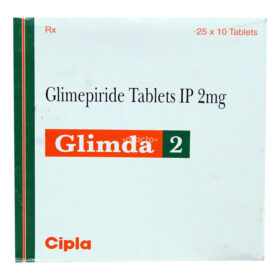 Glimda
Glimda









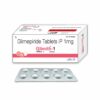
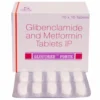

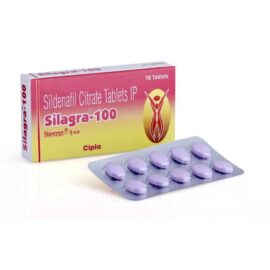
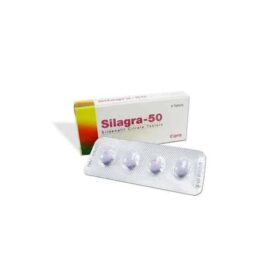
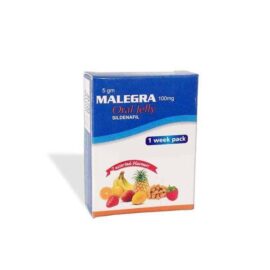

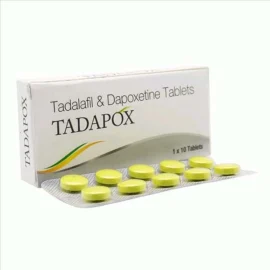
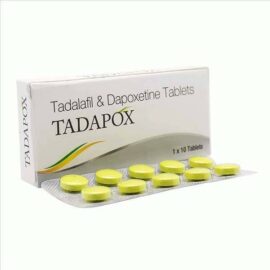
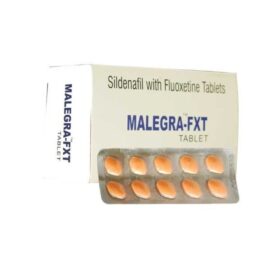
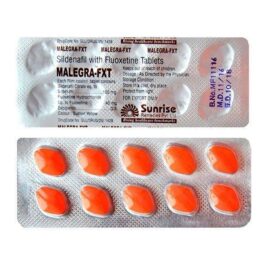
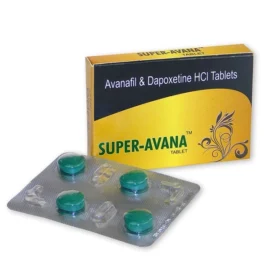


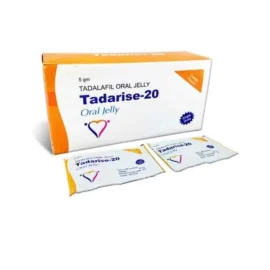
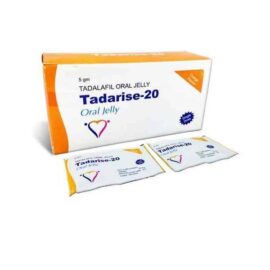


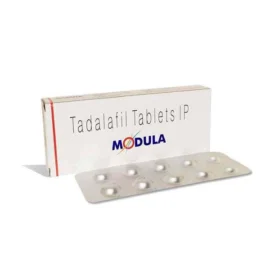
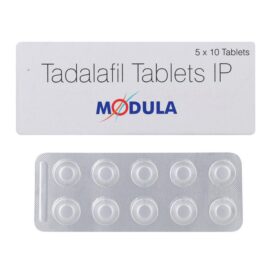



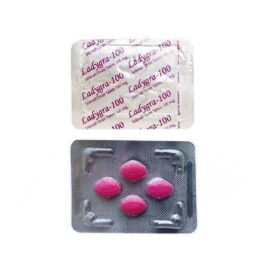
Reviews
There are no reviews yet